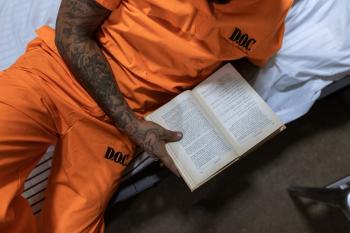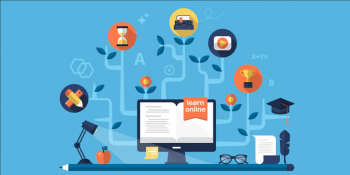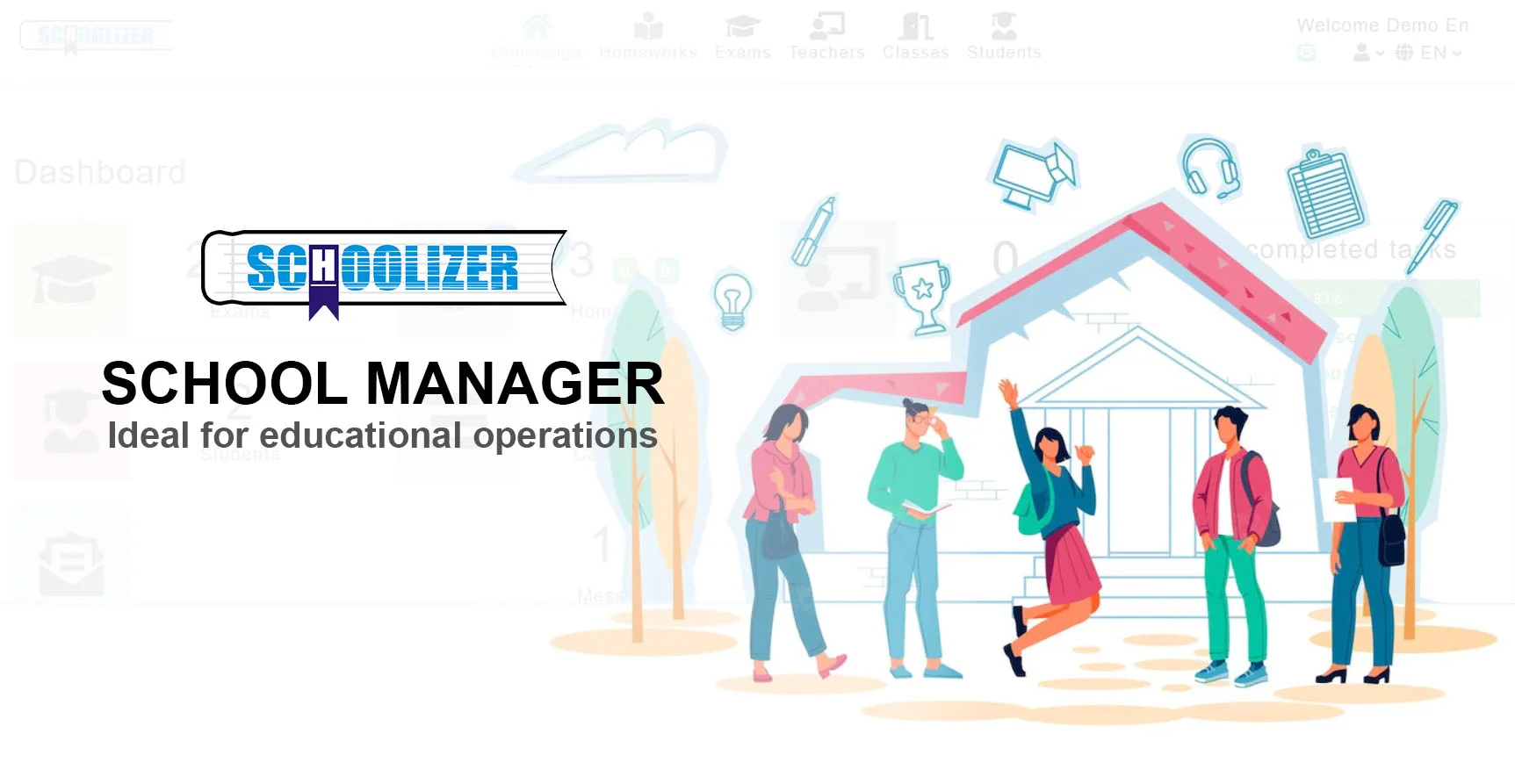Building Great Public Schools: A Collective Responsibility for Teachers, Students, and Communities
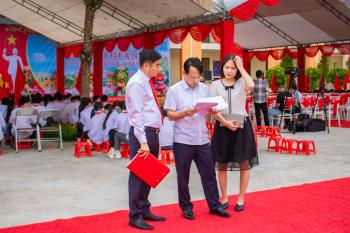
Building Great Public Schools: A Collective Responsibility for Teachers, Students, and Communities
What does it take to transform public schools into thriving environments for learning and teaching? Why is collaboration essential in this process, and how can communities, educators, and policymakers work together to achieve this goal? The answers lie in recognizing that great schools are not built by individuals but through collective effort and shared vision.
The Current State of Public Education
Public schools today face numerous challenges, from funding shortages to teacher burnout and widening achievement gaps. Many educators feel overwhelmed by increasing demands without adequate support, while students often lack access to resources that foster meaningful learning experiences. The COVID-19 pandemic further exposed and exacerbated these systemic issues.
A real-world example can be seen in urban school districts where overcrowded classrooms and limited materials make personalized instruction nearly impossible. Yet, some schools defy these odds through innovative partnerships and community engagement—proving that change is possible when stakeholders unite.

The Power of Teacher Collaboration
Teachers are the backbone of any successful school, yet they frequently work in isolation. Creating structured opportunities for educators to collaborate—through professional learning communities or peer mentoring—can dramatically improve instructional quality and job satisfaction.
Consider the case of a high-poverty elementary school that implemented weekly teacher planning sessions. By sharing strategies and analyzing student data together, the faculty saw test scores rise by 15% within two years while teacher retention improved significantly.
Key elements of effective teacher collaboration include:
- Dedicated time for joint lesson planning
- Classroom observation and feedback systems
- Shared responsibility for student success
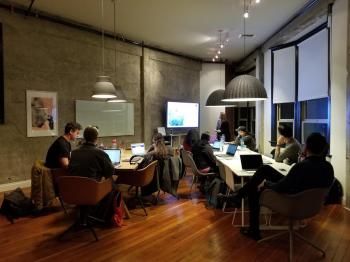
Community Partnerships That Make a Difference
Schools don't exist in vacuums—they're integral parts of their communities. Strategic partnerships with local businesses, nonprofits, and cultural institutions can provide resources and opportunities that schools couldn't offer alone.
One inspiring example comes from a rural district that partnered with a nearby university. College students tutored K-12 learners, professors provided teacher training, and the school gained access to science labs and libraries. This symbiotic relationship benefited all parties while elevating educational outcomes.
Successful community partnerships often feature:
- Clear, mutually beneficial goals
- Sustained engagement beyond one-time events
- Cultural responsiveness to community needs

Policy Changes That Support School Improvement
While local efforts are crucial, systemic change requires supportive policies at district, state, and federal levels. Policymakers must prioritize equitable funding, reduce unnecessary testing mandates, and create pathways for educator leadership.
A notable success story comes from a state that reformed its school funding formula to direct more resources to high-need districts. Coupled with investments in teacher professional development, these policy changes helped narrow achievement gaps while improving conditions for educators.
Key policy areas needing attention include:
- Fair and adequate school funding
- Teacher compensation and working conditions
- Curriculum flexibility and innovation
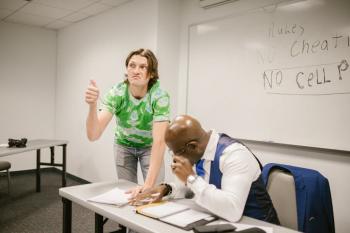
Student Voice in School Improvement
Too often, education reform discussions exclude the most important stakeholders—students themselves. Incorporating student perspectives through surveys, focus groups, or leadership councils can lead to more relevant and effective school improvements.
One high school transformed its climate by creating a student-administrator advisory board. Students proposed changes to the schedule, cafeteria offerings, and disciplinary practices—many of which were implemented with positive results.
Meaningful student engagement strategies include:
- Regular opportunities for feedback
- Authentic leadership roles
- Mechanisms to implement student ideas
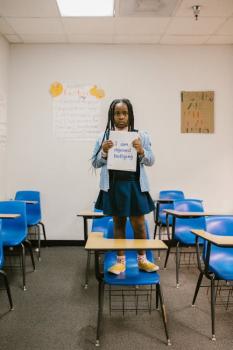
A Call to Action for All Stakeholders
Creating great public schools requires sustained commitment from everyone invested in education's future. Teachers need to continue their professional growth while advocating for better conditions. Parents and community members should stay informed and engaged. Policymakers must make courageous decisions that prioritize long-term benefits over short-term politics.
The path forward isn't easy, but examples across the country prove it's possible. When a Florida elementary school faced closure due to poor performance, the entire community mobilized—teachers redesigned instruction, parents volunteered, local businesses donated supplies. Within three years, it became a model turnaround school.
This demonstrates that when we unite behind our schools, remarkable transformations can occur. The time for isolated efforts is over; the future of public education depends on our ability to work together.
